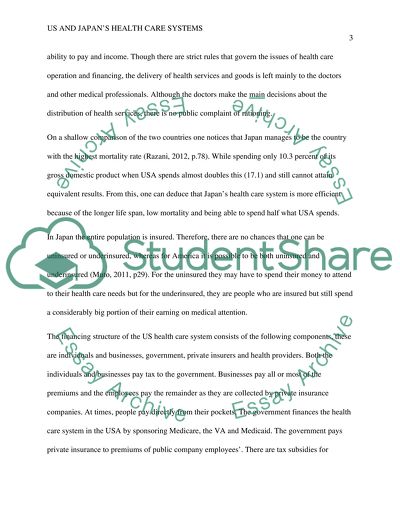Cite this document
(“Describe, compare & contrast the U.S. health care system w/ Japan's Research Paper”, n.d.)
Retrieved from https://studentshare.org/health-sciences-medicine/1690964-describe-compare-contrast-the-us-health-care-system-w-japans-health-care-system
Retrieved from https://studentshare.org/health-sciences-medicine/1690964-describe-compare-contrast-the-us-health-care-system-w-japans-health-care-system
(Describe, Compare & Contrast the U.S. Health Care System W/ Japan'S Research Paper)
https://studentshare.org/health-sciences-medicine/1690964-describe-compare-contrast-the-us-health-care-system-w-japans-health-care-system.
https://studentshare.org/health-sciences-medicine/1690964-describe-compare-contrast-the-us-health-care-system-w-japans-health-care-system.
“Describe, Compare & Contrast the U.S. Health Care System W/ Japan'S Research Paper”, n.d. https://studentshare.org/health-sciences-medicine/1690964-describe-compare-contrast-the-us-health-care-system-w-japans-health-care-system.


